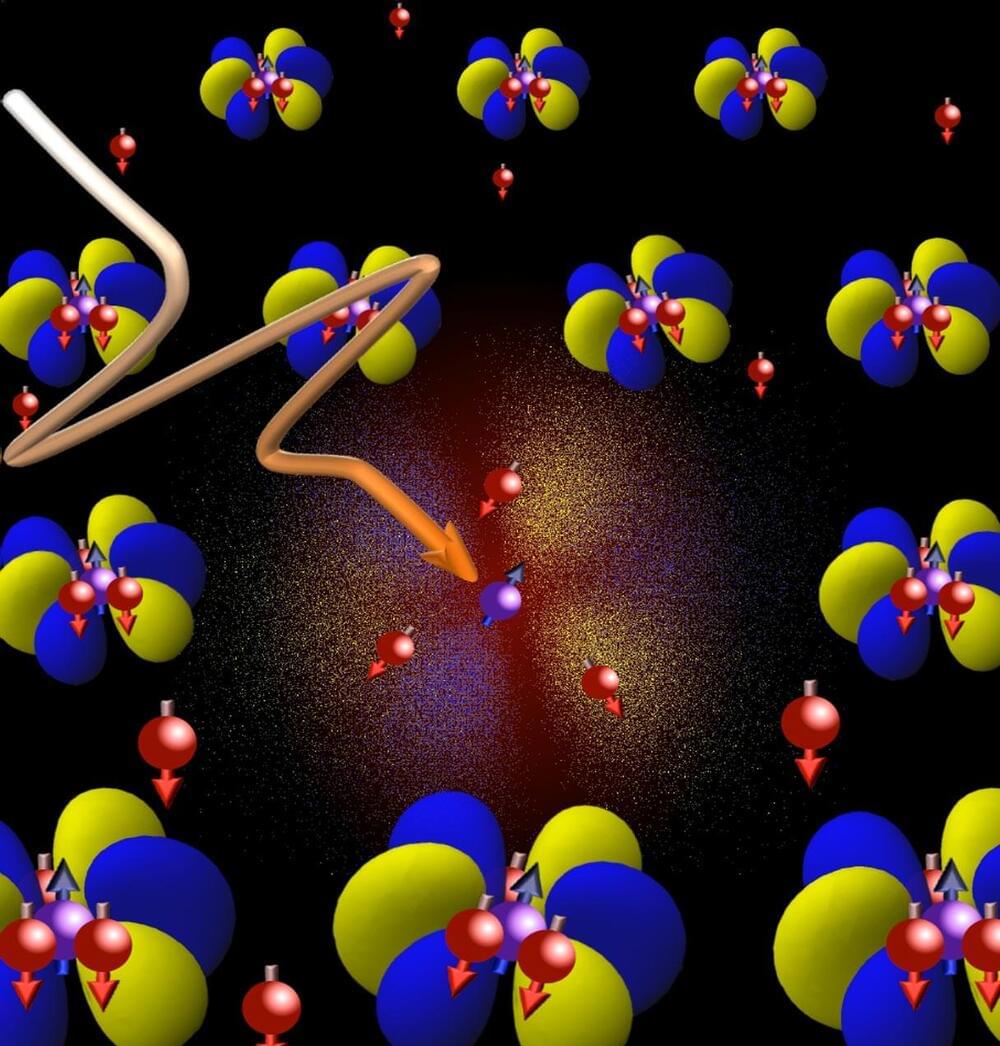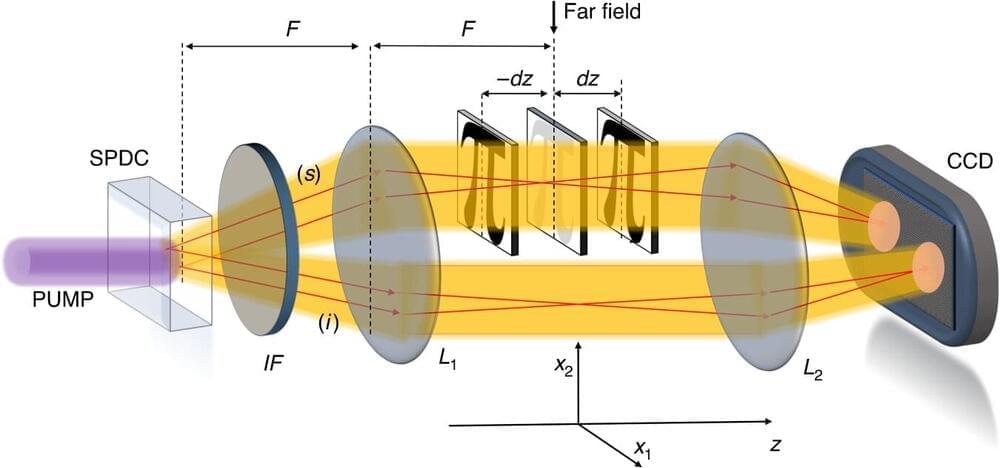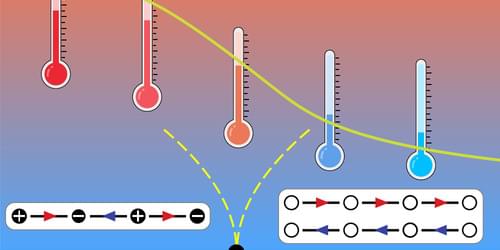Scientists observe an effect in the quantum world that does not exist in the macrocosm.
Researchers at the University of Bonn and ETH Zurich have conducted an in-depth study of unique phase transitions in certain metals. Their findings provide a better understanding of quantum physics and potentially advance the field of quantum information technology.
When they are cooled below a certain critical temperature, many substances change their properties. For example, such a phase transition occurs, when water freezes. However, in certain metals, there are phase transitions that do not exist in the macrocosm. They arise because of the special laws of quantum mechanics that apply in the realm of nature’s smallest building blocks. It is thought that the concept of electrons as carriers of quantized electric charge no longer applies near these exotic phase transitions.







